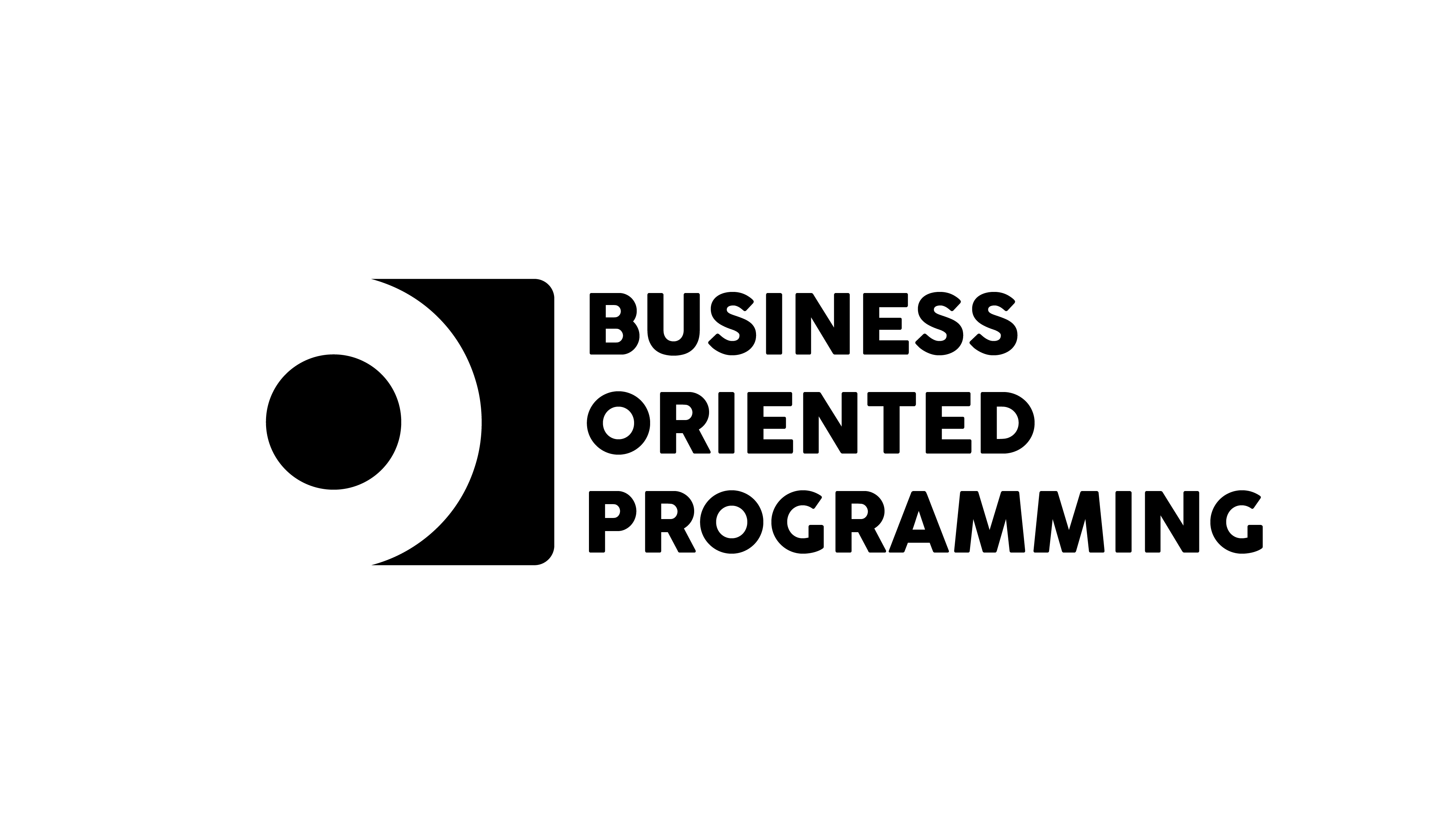No. 1 Less coding, more thinking.
Stop rushing to code and start strategizing—discover how a thoughtful approach can transform your ideas into scalable, successful businesses while avoiding costly mistakes.
I Can't Believe My Eyes
More and more small businesses and freelancers are trying to create online software solutions.
Thanks to social media and the trend of building in public, everything ends up online: "What tool do you use for X?", "I slept 9 hours today—never pulling all-nighters for work again," or "I made $100,000 today—why so little?"
On one hand, you see a desire to help, but on the other, there’s little valuable advice. Posts are more slogans and boasts than concrete step-by-step guidance. What’s more, products are increasingly being created without deep planning. The dominant approach is “build and see if it works,” reminiscent of the earlier trend: “Create a landing page, see if anyone signs up, and call it validation.”
The result? A picture of creators testing everything with a "Let’s see if I burn myself" attitude. The community amplifies the pace: "Do something in a week and see what happens." This worries me because such an approach often ends in wasted time, energy, and mental health. As King Julien from Madagascar put it: "Quickly, before we realize this is pointless."
This way of acting opposes the art of designing great businesses, which require strategy and thoughtful planning. Yes, spontaneous approaches sometimes work, but they carry significant risks. Here are three main problems:
1. Lack of a Repeatable Process
If building a business isn’t a process, it’s hard to draw conclusions and improve subsequent stages. Without this, it’s more guessing than deliberate action.
2. Blind Shooting
A business without a strategy is like shooting an arrow blindfolded after being spun around. You might hit, but the odds are slim. With a strategy, your eyes are open, you know where to aim, and you have proper equipment.
3. Repeating Others' Mistakes
Online business has new tools and channels, but people—customers—remain the same. They want convenience, quality, and value. Learning from others’ experiences is better than constantly reinventing the wheel.
To sum up, success built on random shots is like the joke about Johnny, who as a child said he wanted to be homeless, and three decades later, standing on his skyscraper’s roof with fifty-year-old whiskey, asks: "Where did I go wrong?" I don’t want to be Johnny. Do you?
Surely, Strategy.
When I hear the "let’s build it and see what happens" approach, I’m reminded of Jim Collins’ book Good to Great. It analyzes companies that achieved success regardless of market conditions. The surprise? Nothing there happens “on a whim.” CEOs don’t wake up in the morning and declare: “Let’s do this!” Everything is based on strategy. And I’m telling you: you need it too.
I believe in logic, research, and analysis. I believe a business-building process can be created based on learning and repeatable frameworks—tools that lead to building truly great organizations. Some people do this professionally. I’ve created several strategies that still function well in the market today.
I remember my first collaboration with a marketing agency. My boss had a plaque on his desk that asked: "Does this decision bring you closer to your goal?" At the time, it seemed funny—a typical office aphorism. Today, with over a decade of experience, I see it as one of the smartest things he could have had in front of him.
Why? Because we all fall into the same trap. We scroll the internet, follow trends, copy others’ ideas, and hope it’s enough. But we forget the most important thing—thinking about what we truly want. What does our goal look like? Where do we want to be?
Want to build a business that brings in $1,000 a month? Great! If that’s your goal, work towards it. But if you dream of something bigger, you need to know where you’re heading.
Initially, your goal is to build a business, but equally important is drawing conclusions from every step. Strategic thinking provides peace of mind. It’s not a cure-all but helps avoid panic and unnecessary hesitation. With it, building a company feels more like playing Tetris than chaotic blindfolded archery.
In a world that says: "Do first, think later", I advocate the opposite. Strategy must precede action.
What is Strategy?
As Lewis Carroll wrote in Alice in Wonderland:
"If you don’t know where you’re going, any road will take you there..."
Strategy is the roadmap for your business—a set of traits and principles that turn an idea into concrete action. It encompasses everything: your product, communication, target group, niche, or even how you write posts. It’s the guiding document that keeps you on course.
This doesn’t mean you need a 100-page report. Strategy develops over time and can fit on a single page as long as it serves as your reference point and the source of truth about your company.
How to Get Started?
It’s impossible to summarize decades of experience in one post, but the Business-Oriented Programming brand promises to provide practical solutions. Here’s the simplest strategy format—the absolute minimum to get started.
In marketing, there used to be the 4P rule: product, price, place, promotion. While no longer as relevant, it can still serve as a great starting point. A strategy doesn’t have to be complicated—sometimes a single page is enough to get moving. However, be warned: it’s not always a pleasant process. It can be ruthless, crush dreams, and force a critical look at your idea. But remember, it saves you time that might otherwise be wasted on a project with no future.
1. Problem / Opportunity
- Define the problem you’re solving or the opportunity you’re offering. Problems are easier to sell—customers know and feel them, so you don’t need to educate them.
- Create a mantra: one sentence explaining why your product exists and what problem it solves.
- Pricing: Is the problem significant enough for someone to pay for it? How much should the product cost?
- Distribution: What’s the best way to reach people who feel this problem?
Outcome: You have one sentence describing your idea and know where to find customers.
2. Ideal Customer
- Describe your target group: who they are, what their day looks like, what they like, their habits, who they live with, and where they spend time.
- What’s the best way to contact them? What will be most convenient for them?
- Who is an authority figure for them in your niche?
Outcome: You know who your customer is and how to find them.
3. Competition
- Research existing solutions. What sets them apart? What do they offer?
- Are their products too expensive, too cheap, or free?
- Who uses their products, and why do they choose them?
Outcome: You understand the market, know who succeeds, and why.
4. Advantage
- Identify 3 key features that make your product stand out from the competition.
- Define a unique communication style: colors, tone, presentation.
Outcome: You know your value and how to communicate it.
5. Pricing
- Set a product price that is acceptable to customers and profitable for you.
- What features justify this price?
- Will customers stay with you after a free trial period?
Outcome: You have a price ready to test with customers.
6. First Customers
- How will you acquire your first customers? Direct marketing, recommendations, pilot campaigns?
- Can a special introductory offer help?
- Where to find your first customers—online, offline, among friends?
Outcome: You know how to reach your first customers and start selling.
When writing this minimal strategy, be brutally honest. We tend to bend reality, but that’s a straight path to failure. Discuss the strategy with someone from your target group.
Remember, strategy will always have to face reality. Sometimes that reality is a soft pillow, and other times it’s a 100-ton train. In both cases, you’ll come out wiser—saving time on unviable ideas or improving your strategy. Here’s to your success!
Not a Cure-All, But a Great Start
A well-written strategy isn’t a static document but a living tool—something that can be measured, changed, and improved. Today’s company strategies often change multiple times a year. Why? Because adapting to the market and responding to changes is not a weakness but a strength.
Of course, strategy also has its downsides:
1. A Lot of Non-Coding Work
For people like us—programmers—that’s a tough point. It’s much more enjoyable to watch your product grow line by line than to deal with research, analysis, and defining target groups. At the start of this process, you might feel like you’re working hard, yet your project doesn’t even have a name. It’s frustrating, but remember: every worthwhile effort begins this way. The benefits come later, and they’re worth it.
2. Work That Goes to Waste
Strategy isn’t like code, which can be refactored and reused in the next project. The tools and frameworks might be the same, but the content will always be unique. You might discover after many hours that your idea doesn’t make sense. That hurts—more than creating a finished product no one uses. But remember: every failure improves your strategic skills and deepens your industry understanding.
3. Strategy Can Also Be Flawed
Strategy doesn’t guarantee success—it only increases your chances. At the start, we often add our worldview to it instead of objectively assessing whether our idea makes sense. That’s a mistake but an important one. It teaches you to analyze reality, accept facts, and adapt your plans.
Why Strategy?
If you want to create a product that sells, start with a strategy. Today’s madness of “the more you release, the better” is an illusion. Quality, not quantity, matters. The world’s largest companies succeed not because they produce the most but because they do what works best.
Accept that you’ll often be wrong. But strategy helps you understand, test, and learn from it. It turns business building into a process that becomes increasingly repeatable and effective.
As Maxwell said: "Sometimes you win, and sometimes you learn." And that’s what strategy is all about—constant improvement, even if not every decision ends in success.
You might eventually reach a point where your knowledge is so systematized that you stop operating blindly. But to get there, you must start with thinking, not coding.
Less coding, more thinking.
Alex




